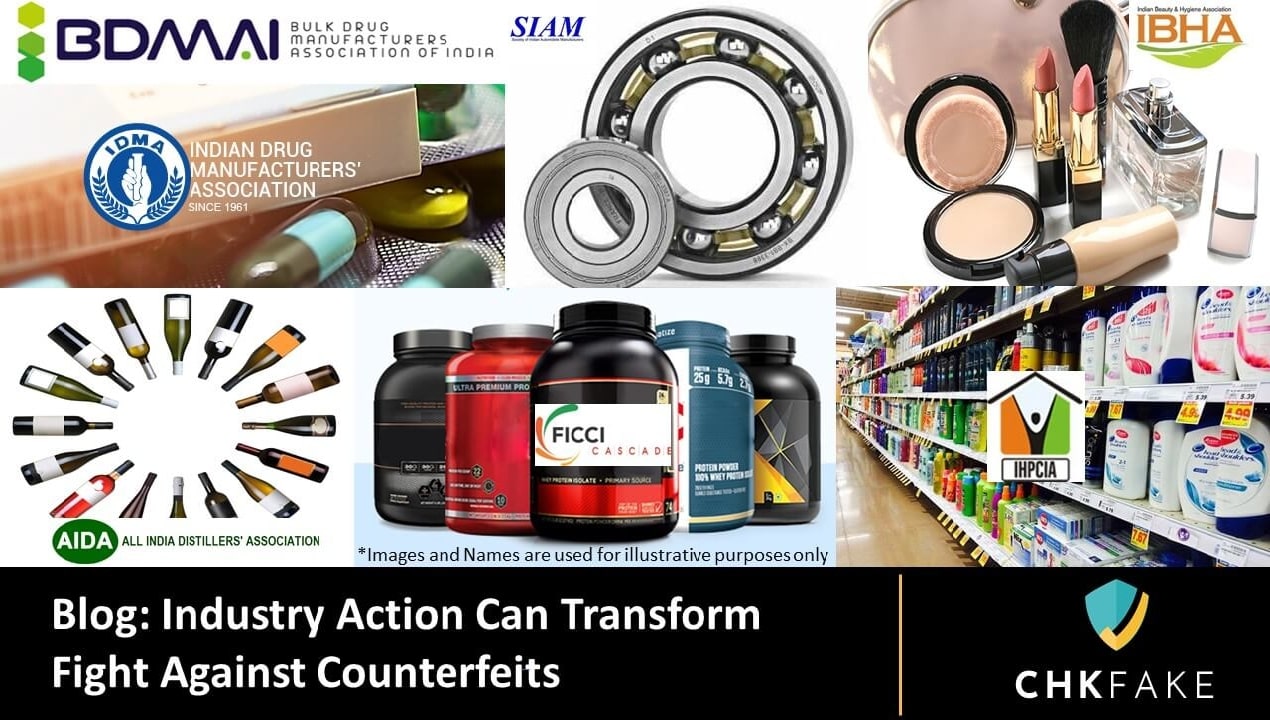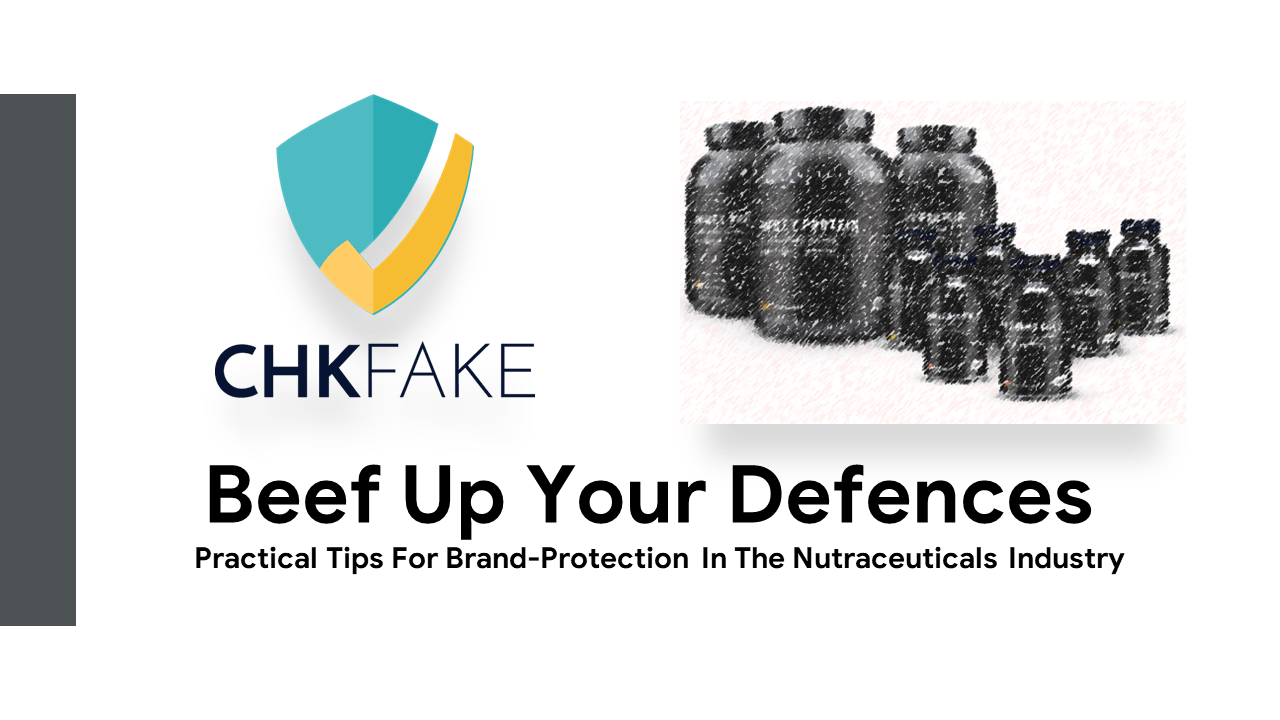The COVID-19 pandemic is impacting every facet of the global economy. Businesses are now being forced to change their models as global supply chains are disrupted and non-essential industries are forced into lockdown.
There are also changes in consumer behaviour which may be here to stay. There is a surge in demand for some essential categories like Personal Protection Equipment (PPE), medical supplies, medicines, sanitizers, cleaning products and groceries etc, the demand for other non-essential products with longer shelf lives is also witnessing highs due to hoarding.

Empty shelves due to the “Hoarding Bug”: Tribune India
As the global lockdown restricts movement, more and more consumers are turning to online shopping and home delivery.
Since it is not sure how long the pandemic will last, this behaviour is likely to continue and some parts of it will be embedded forever as people become more attuned to a doomsday scenario.
These conditions are ripe for unscrupulous elements who are exploiting the unfulfilled demand and choked supply by flooding the market with counterfeits to make a quick buck. As panicked consumers become less discerning in these times, counterfeiters may become bolder – setting up alternative supply chains, new websites selling fake goods, and infiltrating online marketplaces with new seller accounts. They may avoid detection by keeping prices comparable to genuine products and mixing up fake products with genuine ones.

Bengaluru police bust fake sanitizer racket: The News Minute
A quick look across national daily newspapers in India over the last few weeks reveals reports of raids across the country against fake sanitizers, masks and personal hygiene products. Similarly, Interpol has warned about fake medical products being sold online after seizing thousands of substandard masks. In an operation across 90 countries in March 2020, they seized potentially dangerous pharmaceuticals worth more than $14 million.
How should brands protect themselves at this time?
While the primary focus of brands will be to get back to peak capacity once lockdown is lifted, they need to factor in a changing market landscape in their thinking as well. Although pent up demand is likely to drive a short term surge in sales, over the longer term, purchasing power will be impacted with record unemployment already being seen. Fear of infection will also result in a shift to online sales. What is needed is a brand-protection strategy which factors in this revenue pressure due to a smaller pie, and channel shift.
Here are a few suggestions to consider:
1. Strengthen the anti-counterfeiting technology on your products or invest in one if you haven’t already. The intent is to make your products hard to copy and easy to authenticate for your customer

Image Courtesy: Risk UK
2. Educate your customer to “Verify the Genuine”. Also educate your customers about the risks of buying from unauthorized sellers particularly on marketplaces.
3. Invest in a good online surveillance tool. Best in class tools have automated identification and takedown of rogue listings in online marketplaces and social media.
4. Drive both offline and online enforcement for greater results. Many times, it is required to conduct further investigations of suspected counterfeit listings by making a test purchase or surveillance of the dispatch point. You can explore automated tools which allow you to seamlessly manage an integrated online and offline investigation.

Image Courtesy: Holostik
5. Combine your forces with the law enforcement, industry associations as well as online platforms to have a multiplier effect of your efforts. Industry associations can help liaise with law enforcement bodies like the Department of Revenue Intelligence and your local Police for help with imported and domestic counterfeits respectively.
What’s the Consumer’s responsibility during these times?
1. Do not panic-buy and hoard. If you stock up beyond your need, you are depriving another family of their essential supplies. Supply chains are ramping up but they are not designed for runs. Even if some products may be out of stock, governments all over the world are making it their top priority to ensure that supply of all essential goods is not compromised.
2. Be vigilant and do not buy from unfamiliar or unauthorised channels. If there are channels still supplying items not available elsewhere, then there is a greater chance that it would be a counterfeit.
3. Take time and educate yourself on how to verify genuine products. There is no greater harm that you can do to yourself or your family by buying a spurious product in your haste, as it can be life-threatening.
4. Report immediately to the brand if you find a fake – with purchase receipt and images of the fake product. You can use a platform like Chkfake to do that.
In the end, the current pandemic and situation of disarray and confusion is a “dream” opportunity for counterfeiters and scamsters. Demand is shrinking and there are huge supply gaps as well. If a brand has to protect its short term revenue and long term equity, it has to become even more vigilant and focus on its brand protection program.
Watch out for my next blog. If you liked what you read, please do share in your network. You can follow my articles on LinkedIn and Twitter, or subscribe to My blog.
_________________________________
Tanmay Jaswal is the Founder of Chkfake, a start-up that is disrupting the anti-counterfeiting industry by creating an eco-system of all stakeholders to join the fight against fakes together. The Chkfake mobile app allows users to verify genuineness of any product irrespective of category or brand.
Tanmay has 26 years of global experience in business leadership, marketing and strategy in companies like Coca-Cola and Shell and is an acknowledged authority on brand protection. He has headed the brand protection function for Shell globally and has extensive experience in this space over the last 8 years.






0 Comments